The Mercedes-Benz W125 Rekordwagen is one of the many examples that can be found in the Mercedes-Benz Museum, in Stuttgart. 500 m2.
But to get to know the Mercedes-Benz W125 in detail we will have to go back more than 80 years.
At the time where we are, the fascination for machines and speed was crazy, passionate. The limits that man and machine reached, made millions of eyes shine all over the world. Technology evolved at great pace, in this case, they were advances made possible by the hegemonic pretensions of a dictator.
Rudolf Caracciola — the “master of the rain”
The still young Mercedes-Benz saw racing as a way to promote itself. Caracciola knew of the star brand's interest in entering Grand Prix racing, but Mercedes-Benz had opted not to enter the German GP, which would debut in 1926 and was awaiting the races in Spain, which would take place later that year. According to those responsible for the brand, the race in Spain brought much more return, at a time when they wanted to bet on exports.
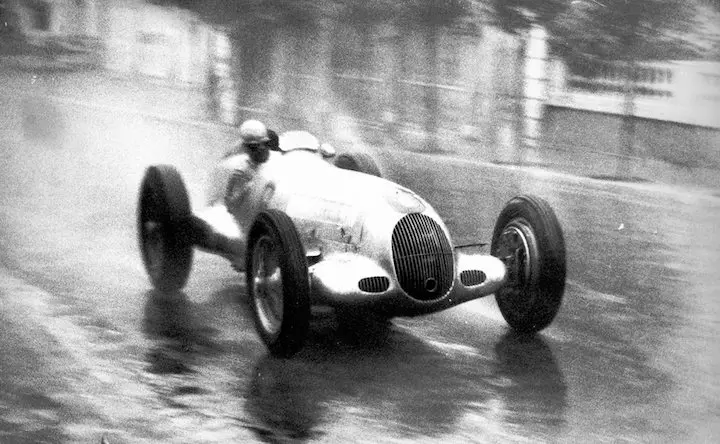
Caracciola left his job early and went to Stuttgart to ask for a car to race in the German GP. Mercedes accepted on one condition: he and another interested driver (Adolf Rosenberger) would enter the competition as independent drivers.
On the morning of the 11th of July, the engines started up in depth at the start signal for the German GP, there were 230 thousand people watching, it was now or never for Caracciola, it was time to take the leap to stardom. The engine of his Mercedes decided to go on strike and while everyone was flying without belts around the curves of the AVUS circuit (Automobil-Verkehrs- und Übungsstraße – a public road located in the south-west of Berlin) Rudolf was stopped . His mechanic and co-driver, Eugen Salzer, in a fight against time, jumped out of the car and pushed him until it showed signs of life – it was almost 1 minute on the clock when the Mercedes decided to start and at the same time it fell a strong thunderstorm on AVUS.
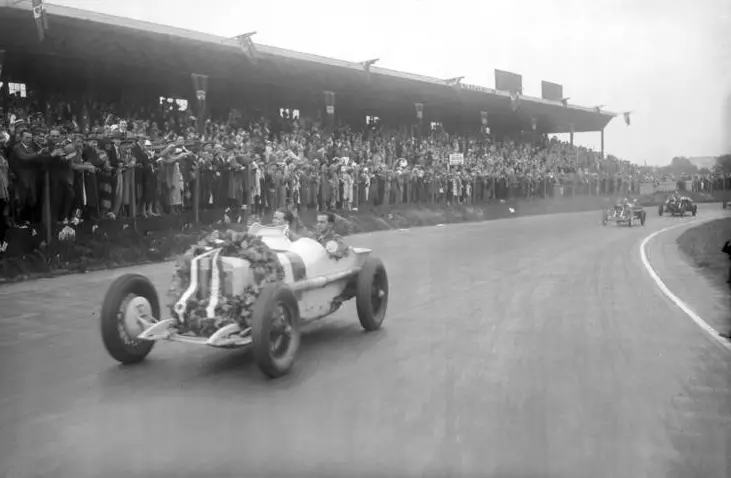
Torrential rain was driving many riders out of the race, but Rudolf was advancing without fear and passing them one by one, climbing the grid, at an average speed of 135 km/h, which at the time was considered incredibly fast.
Rosenberger would eventually go astray, wrapped in fog and heavy rain. He survived, but ran into three people who eventually died. Rudolf Caracciola had no idea where he was and the victory took him by surprise - he was dubbed by the press "Regenmeister", the "Master of the Rain".
Rudolf Caracciola decided at the age of 14 that he wanted to be a driver and being a car driver was only available to the higher classes, Rudolf didn't see any obstacles in his way. He got the license before the legal age of 18 years - his plan was to be a mechanical engineer, but the victories followed one another on the tracks and Caracciola claimed to be a promising driver. In 1923 he was hired by Daimler to be a salesman and, outside of that job, he had another: he raced on the tracks behind the wheel of a Mercedes as an official driver and won, in his debut year, 11 races.
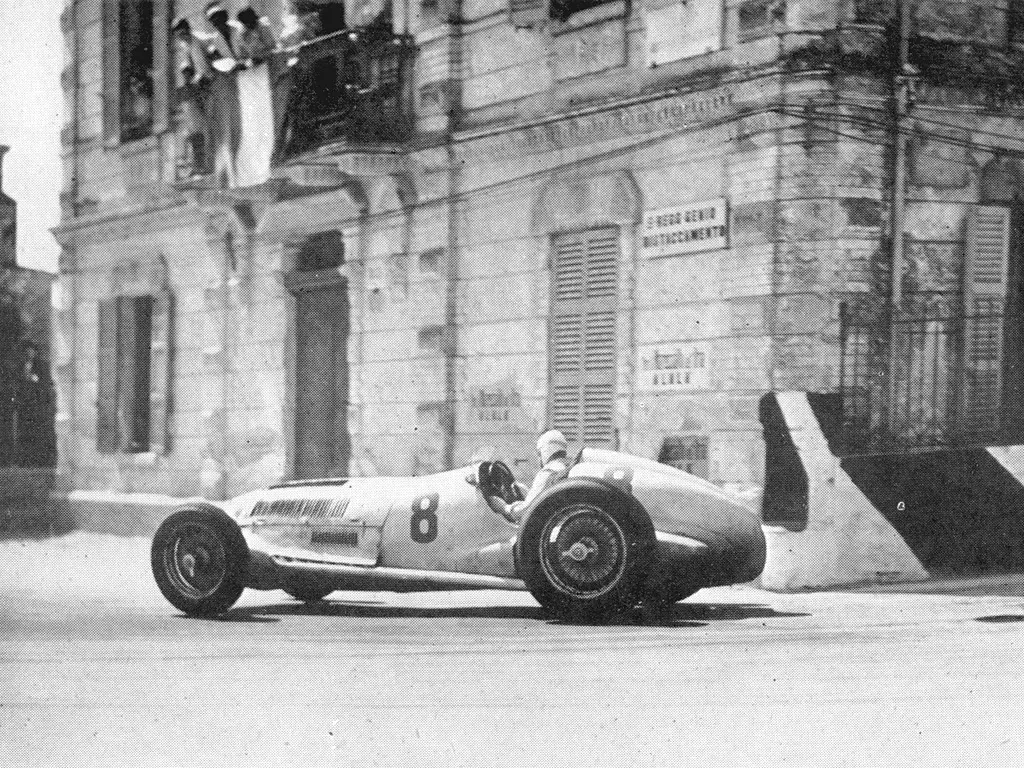
in 1930 the way was opened for jazz and blues, on the big screen Disney premiered Snow White and the seven dwarfs. It was the swing era on the one hand, the rise of Nazism on the other with Hitler at the head of the destinies of mighty Germany. In the second half of 1930, two teams from the Grand Prix (which would later, post-war, evolve into Formula 1 after the birth of the FIA) were gladiating to death on public tracks and roads — the aim was to be the fastest , win.
Subscribe to our newsletter
Before the Nürburgring, races were held in the same area, but on public mountain roads, without seat belts and at speeds close to 300 km/h. The victories were divided between two colossi — Auto Union and Mercedes-Benz.
More than two giants in combat, two men that time must preserve
Two names echoed across the world of motorsport in the 1930s — Bernd Rosemeyer and Rudolf Caracciola , Manfred von Brauchitsch's team pilot. Bernd ran for Auto Union and Rudolf for Mercedes, they shared podium after podium, they were unstoppable. Fatherland brothers, enemies on the asphalt, were Grand Prix drivers and their “nutshell” cars with brutal engines. On the tracks, the challenge was between one and the other, outside of them, they were the guinea pigs of a regime focused on mastering all fronts, whatever the cost.
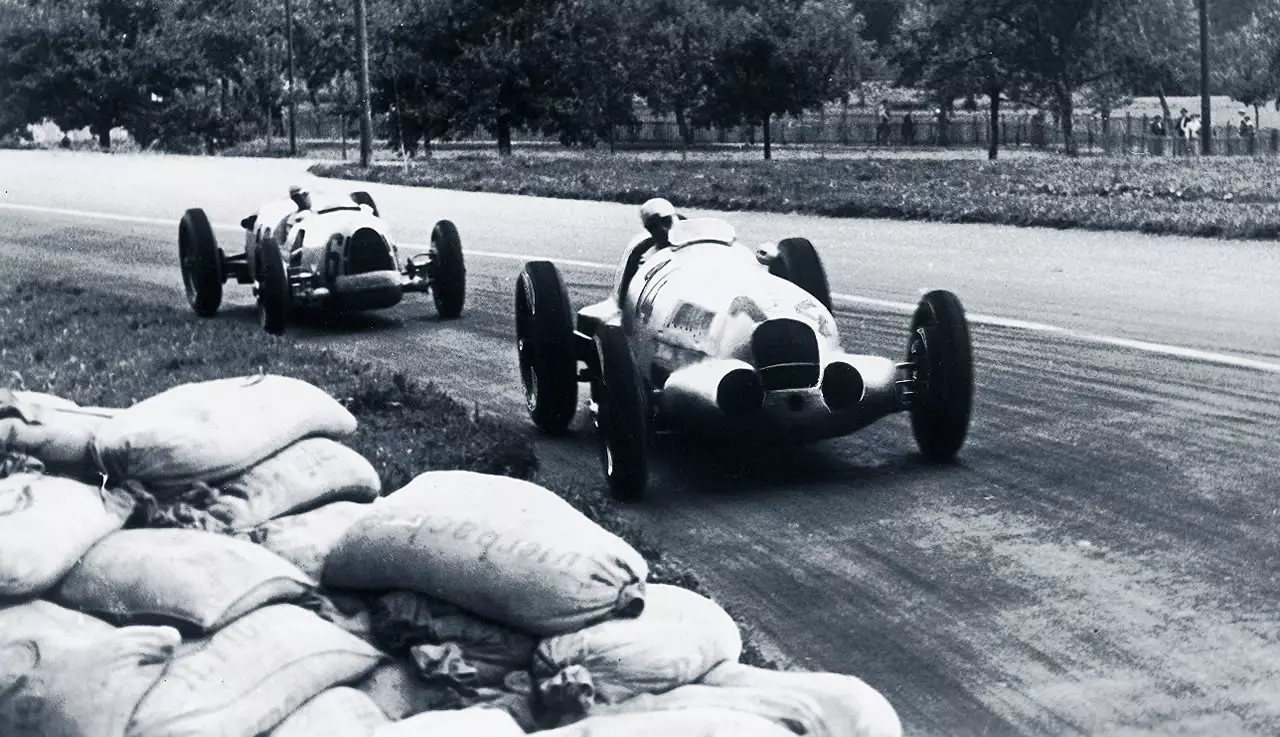
Bernd Rosemeyer — protégé of Henrich Himmler, leader of the SS
Bernd Rosemeyer piloted, among others, an Auto Union Type C, a car built in the war of the kilograms, with a powerful 6.0-litre V16, “bicycle” tires and brakes that had more faith than stopping power. Starting in 1938, with the restrictions on engine size, motivated by the high number of accidents that the weight restriction without cylinder capacity restriction had caused, the Auto Union Type D, his successor, had a more “modest” V12.
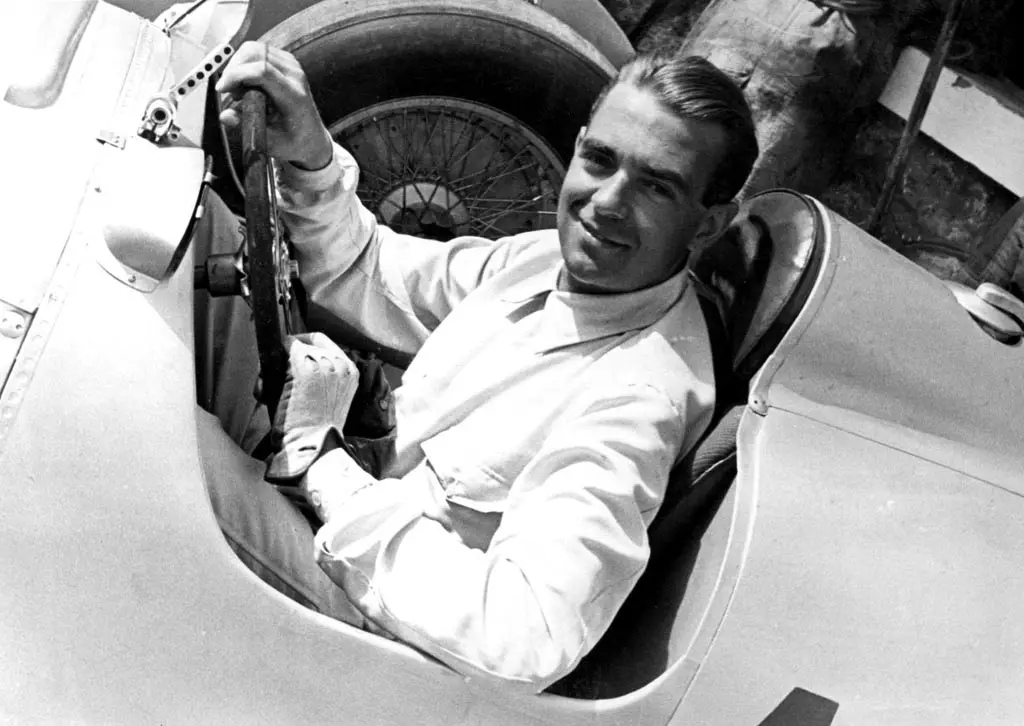
Following Bernd's rise to motorsport stardom and marriage to famed German airline pilot Elly Beinhorn, the Rosemeyers were the sensation couple, two icons of German power in automobiles and aviation. Himmler, realizing such fame, “invites” Bernd Rosemeyer to join the SS, a marketing coup by the commander, who was at the time building a paramilitary force that would reach more than a million men. All German pilots were also required to belong to the National Socialist Motor Corps, a Nazi paramilitary force, but Bernd never ran in military garb.
crisis pushes away Mercedes
Caracciola leaves Mercedes in 1931 after the brand abandoned the tracks as a result of the crisis. That year, Rudolf Caracciola had become the first foreign driver to win the famous Mille Miglia long-distance race, at the wheel of a Mercedes-Benz SSKL with 300 hp of power. The German driver starts racing for Alfa Romeo.
In 1933 Alfa Romeo also abandoned the tracks and left the driver without a contract. Caracciola decides to form his own team and together with Louis Chiron, who had been fired from Bugatti, buys two Alfa Romeo 8Cs, the first Scuderia C.C. (Caracciola-Chiron) cars. At the Circuit de Monaco a brake failure threw Caracciola's car against the wall, and the violent accident caused him to break his leg in seven places, but that did not deter him from continuing on his way.
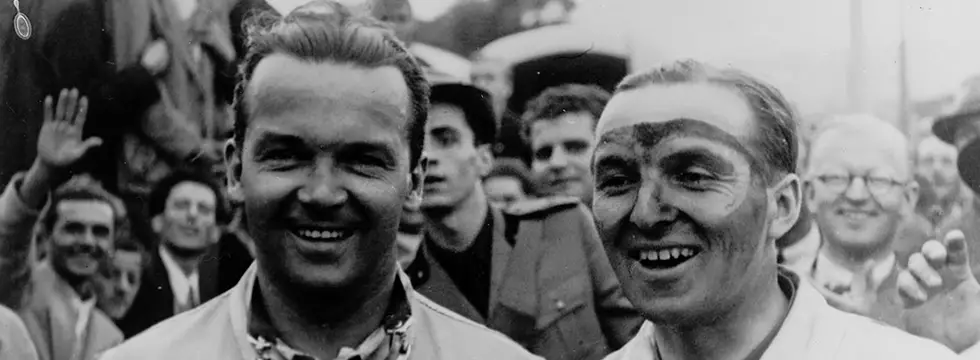
“Silver Arrows”, a weighty story in 1934
Mercedes and Auto Union — made up of the four rings: Audi, DKW, Horch and Wanderer — topped all the time and speed record tables, many of them only later beaten by far more evolved cars. They returned to the tracks in 1933, with the rise to power of Nazism. Germany could not be left behind in motorsport, let alone lose a German driver to early retirement. It was time to invest.
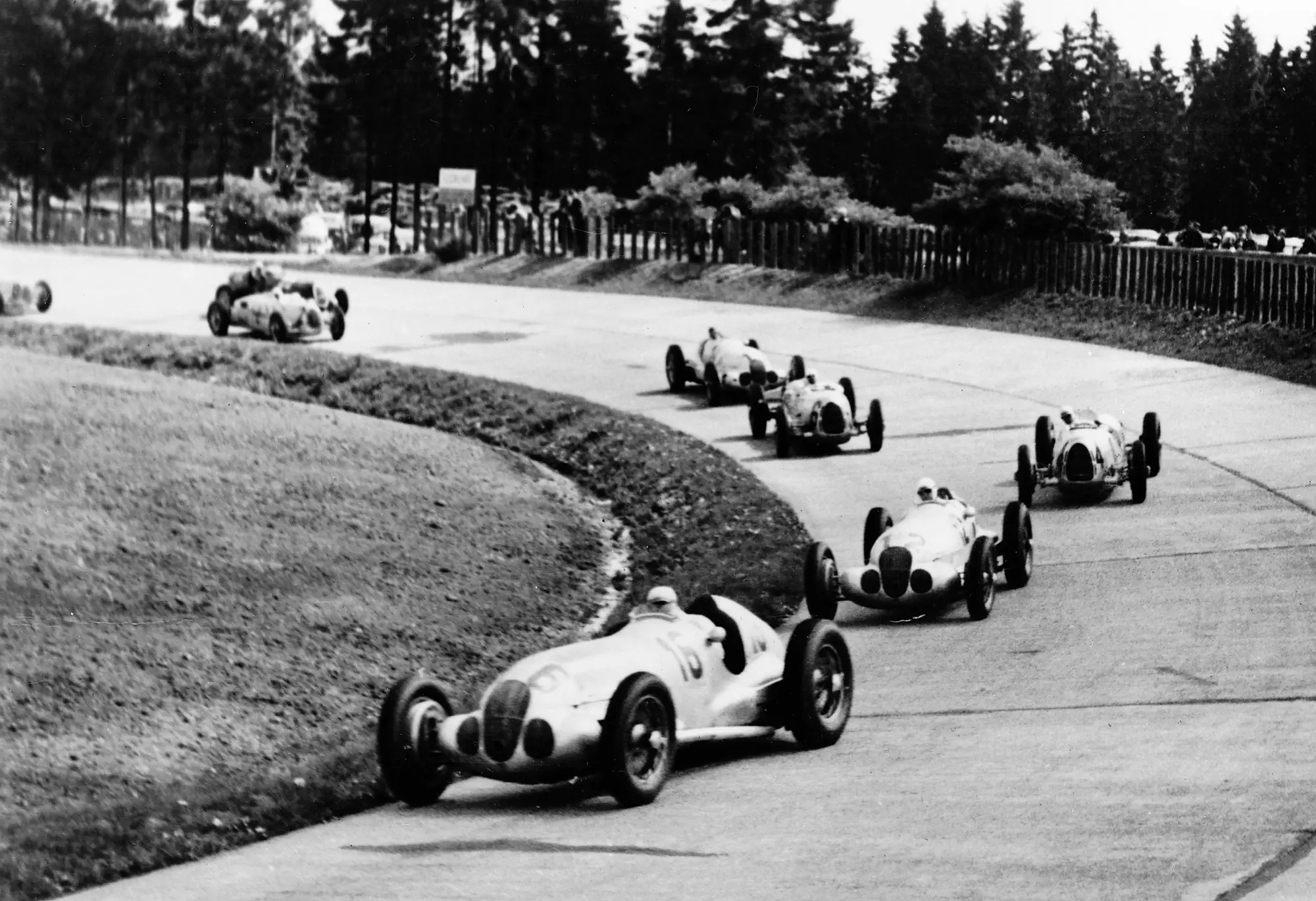
It was in a day of duels between these two titans that history was made. On the tracks were the “Silver Arrows”, the silver arrows of motorsport. The nickname was accidental, caused by a need to reduce the weight of competition cars, whose limit had been set at 750 kg.
The story goes that on the day of weighing the new W25 — the predecessor of the Mercedes-Benz W125 — on the scale of the Nürburgring the pointer marked 751 kg. Team director Alfred Neubauer and pilot Manfred von Brauchitsch, decided to scrape the paint off the Mercedes, in order to reduce the weight to the maximum allowed . The unpainted W25 won the race and on that day, the “silver arrow” was born.
Off the tracks, other cars derived from the competition, were the Rekordwagen, cars prepared to break records.
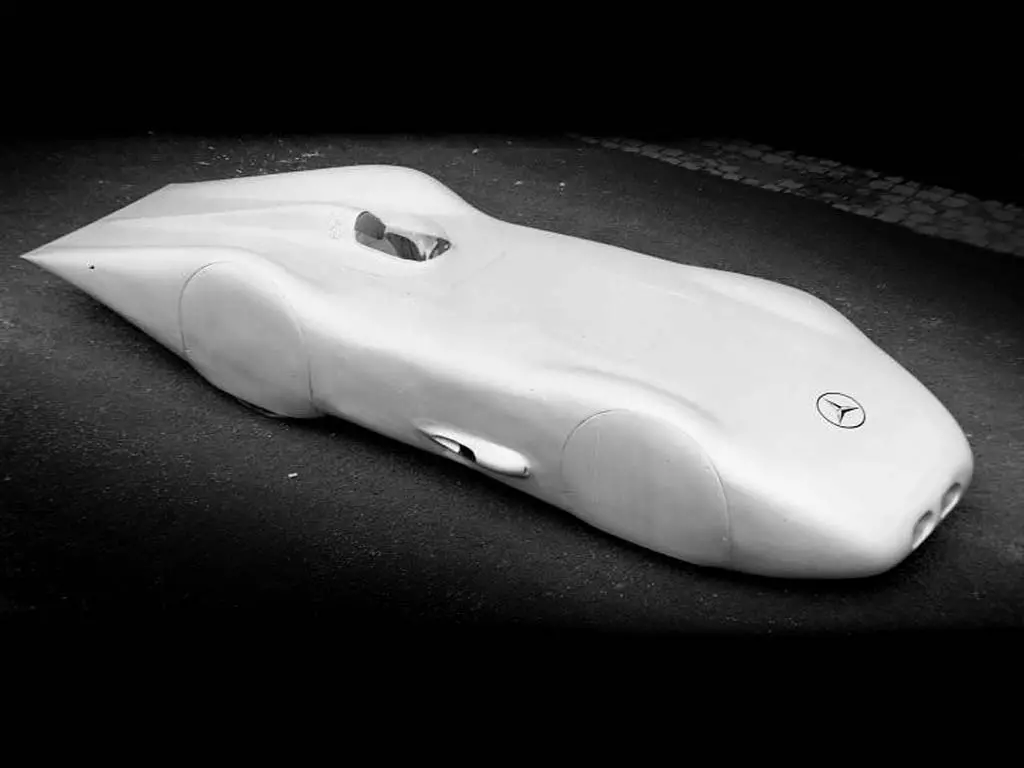
1938 — Record was Hitler's goal
In 1938 the German dictator claims Germany's obligation to become the fastest nation on the globe. Attention turns to Mercedes and Auto Union, the two drivers being put in the service of the nation's interests. The speed record had to belong to a German and behind the wheel of a powerful German machine.
The rings and the star brand went to work, the “Rekordwagen” had to be prepared to break the speed record on a public road.
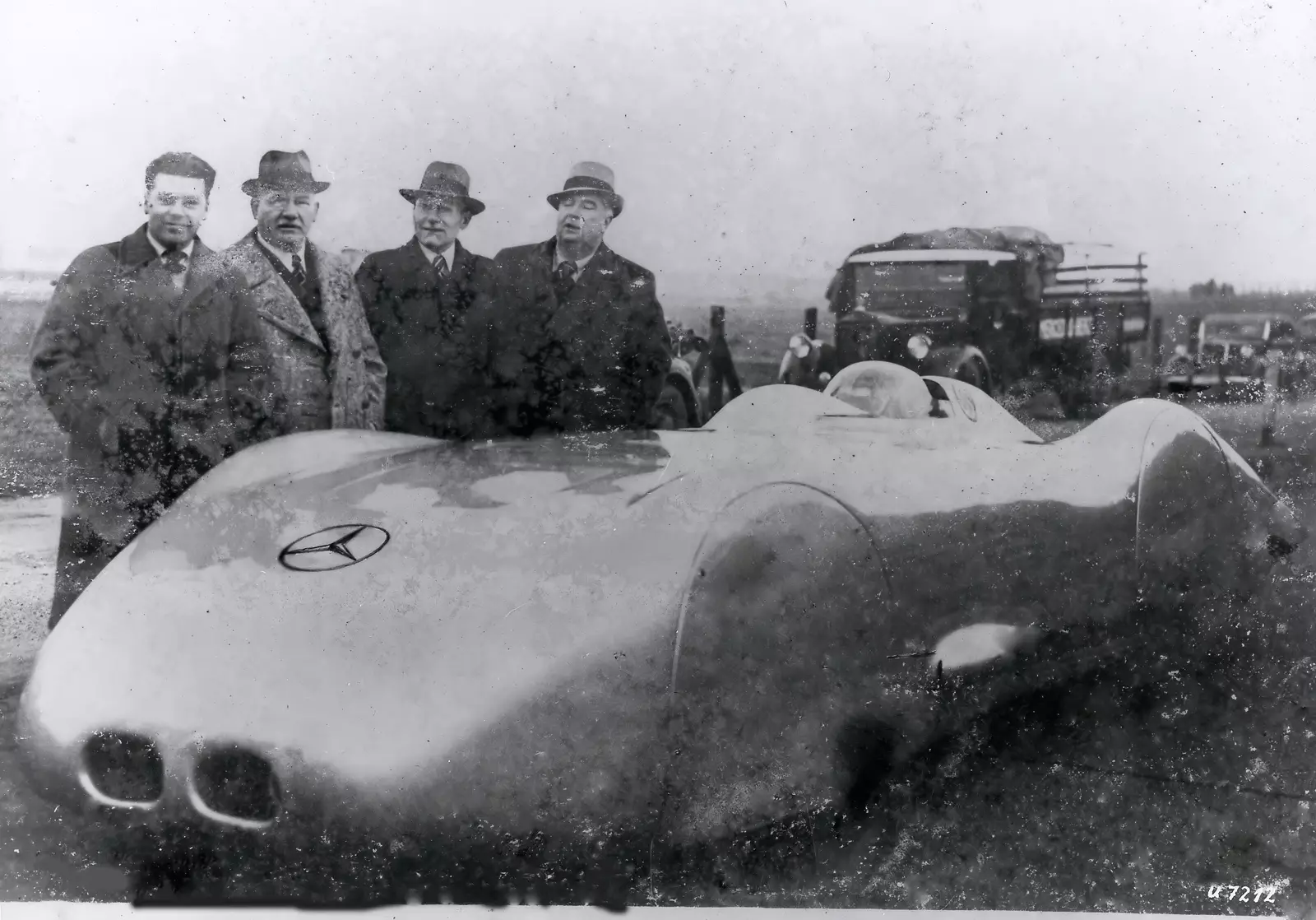
The main difference between the Rekordwagen and their racing brothers was the engine size. Without the weight limitations of the competition, the Mercedes-Benz W125 Rekordwagen could already have a powerful 5.5 liter V12 under the bonnet and a staggering 725 hp of power. The aerodynamic structure had a single purpose: speed. The Auto Union had a powerful V16 with 513 hp of power. Mercedes-Benz stole his speed record on a cold morning of January 28, 1938.
The day that lasts: January 28, 1938
One frosty winter morning the two builders moved to the Autobahn. That morning the weather conditions were perfect for a record day and the cars launched onto the Autobahn A5 between Frankfurt and Darmstadt. It was a time to remember — the “master of the rain” and the “silver comet” were trying to make history.
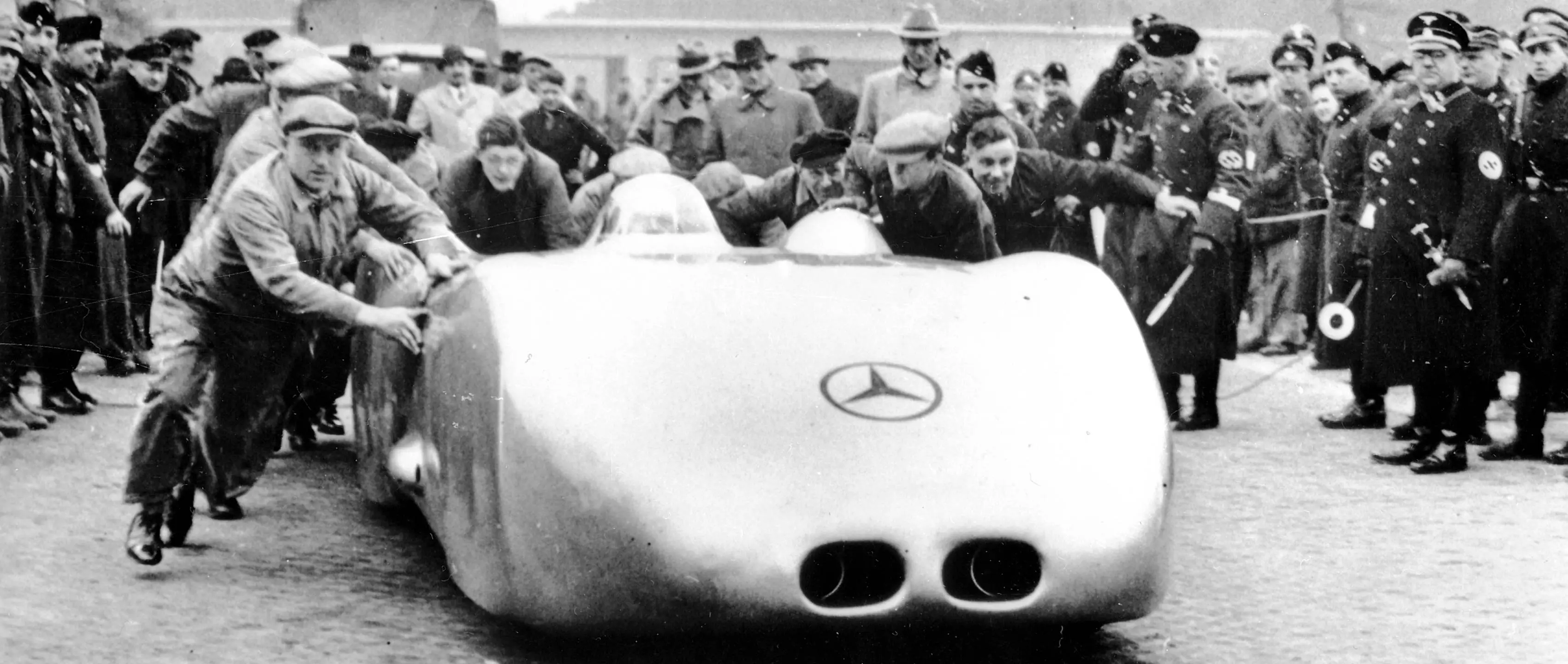
The Mercedes-Benz W125 Rekordwagen and its special radiator — a 500 liter water and ice tank — hit the road. Rudolf Caracciola was not in the rain, but he felt like a God, it was his day. Quickly the news traveled through the paddock and early in the morning, the Mercedes team was already celebrating the record achieved: 432.7 km/h. The Auto Union team knew what they had to do and Bernd Rosemeyer didn't want to let the country down.
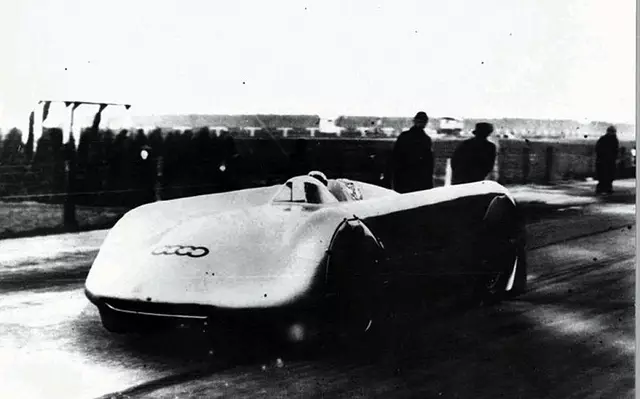
Against all indications Bernd Rosemeyer set off like an arrow towards the one-kilometre straight. It would break Rudolf's record, even if it was the last thing he tried to do in his life… along the highway technicians measured the time and distance traveled — reports say the Auto Union Type C “flyed” on its way to beat the Rudolf's mark.
The weather report was clear: side winds from 11 am, but the indications for not running were insufficient and at 11:47 the Auto Union ran off at more than 400 km/h. Reports say the Auto Union's V16 went over 70 meters in an unstoppable run, flipped twice and then flew down the Autobahn for about 150 metres. Bernd Rosemeyer was found dead on the curb, without a single scratch.
After that day, neither of the two brands ever tried to beat the record set by Caracciola at the wheel of the Mercedes.
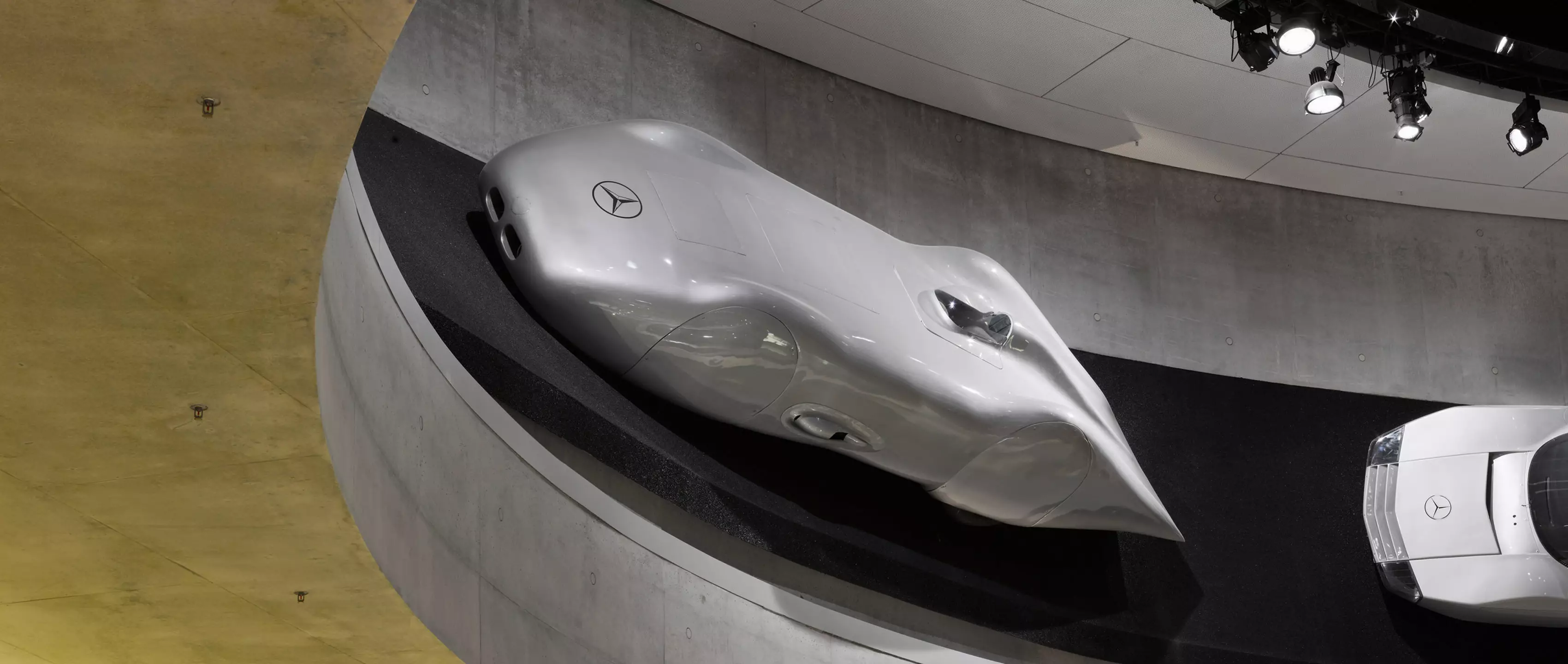
Today, January 28, 2018 (NDR: at the time of publication of this article), we celebrate 80 years of a record that was only broken in 2017 (yes, 79 years later) but also the death of a great pilot, to which we pay the due. homage.
The Mercedes-Benz W125 Rekordwagen is on display at the Mercedes-Benz Museum in Stuttgart, where we can already see another model that promises another type of record: the Mercedes-AMG One.
Note: The first version of this article was published in Razão Automóvel, on January 28, 2013.
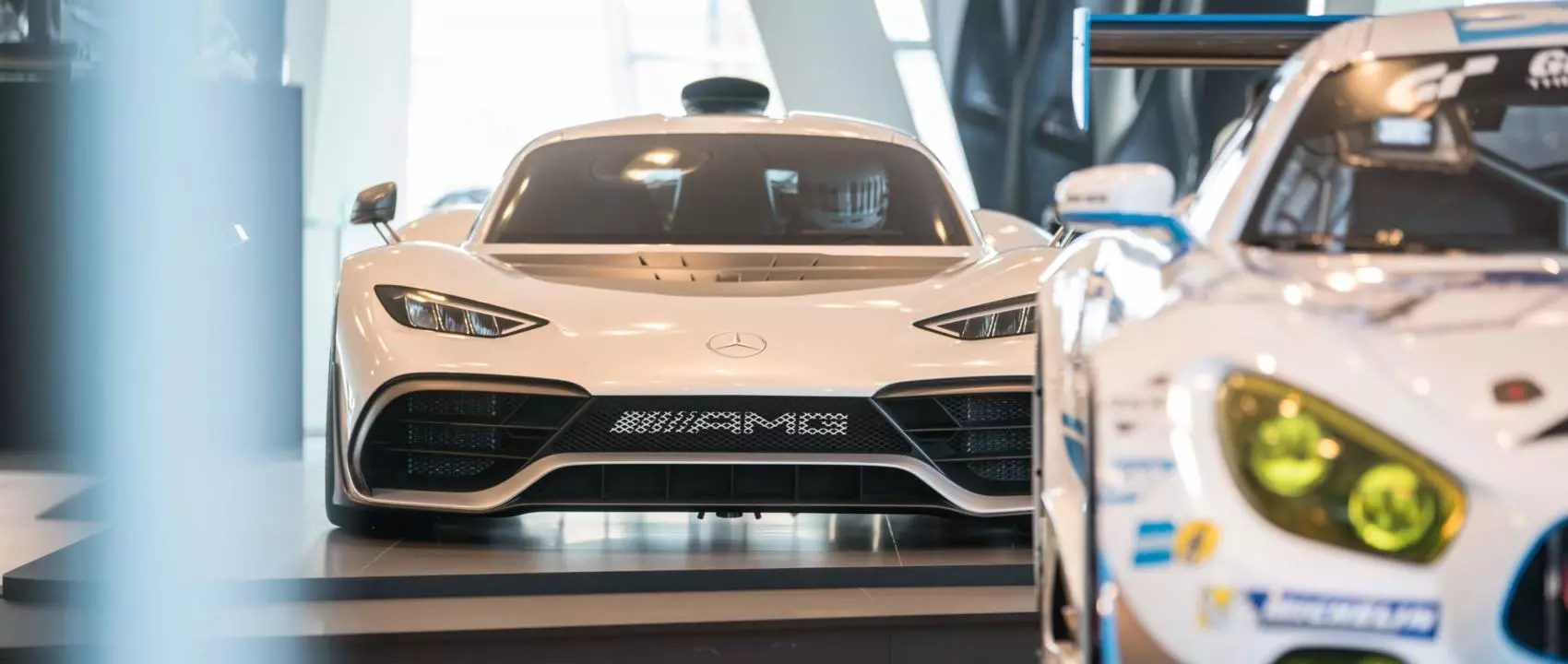
Mercedes-Benz Museum official website
